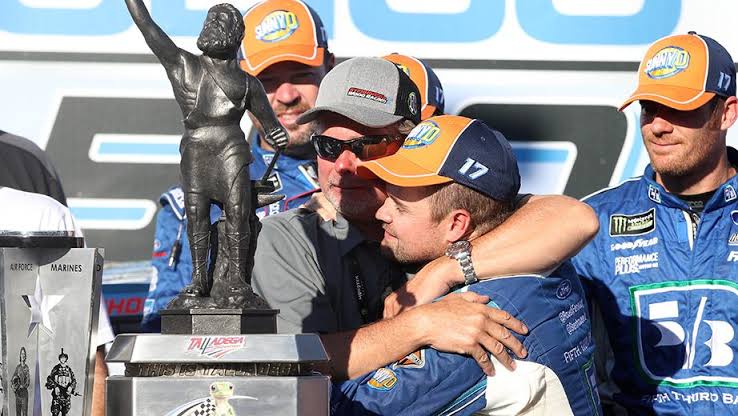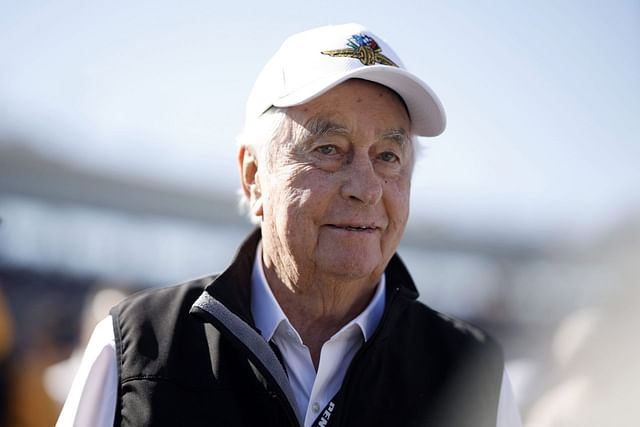NASCAR’s recent clarification of its race control decisions regarding the red flag and Damaged Vehicle Policy (DVP) left drivers and fans alike more confused than ever, particularly after the massive 23-car crash at Talladega Superspeedway. The chaos that unfolded during the race put NASCAR’s policies under scrutiny, raising questions about how the governing body handled towed vehicles, flat tires, and the lifting systems used for disabled cars. What was meant to provide clarity ended up creating more uncertainty, leaving many in the industry frustrated.
Josh Berry, in particular, was left bewildered after watching a string of cars being towed to pit road, despite his own Stewart-Haas Racing No. 4 being eliminated the previous week at Kansas for a seemingly similar issue—four flat tires and no lift system. “All those cars in Turn 3 better not get towed to pit road,” Berry commented, underscoring his frustration with how inconsistent the rules seemed to be applied. Berry’s frustration echoed throughout the pit road as drivers watched NASCAR’s handling of the situation with disbelief.
The issue was highlighted further when drivers like Joey Logano and Chase Briscoe expressed their confusion. “It’s kind of comical,” Logano remarked, referring to the scene of cars sitting helplessly after a red flag, unable to move. Briscoe, equally frustrated, described the confusion as “weird,” pointing out that even with functioning air jacks, his car remained immobile for minutes. Briscoe’s experience mirrored Berry’s from Kansas, as well as Ryan Blaney’s from Watkins Glen, yet somehow other drivers like Chase Elliott and Briscoe himself were able to continue racing after being towed, raising concerns about fairness and consistency.
NASCAR, for its part, acknowledged the challenges. Senior Vice President of Competition Elton Sawyer admitted that the sheer number of cars involved in the crash complicated the decision-making process. He conceded that, in Berry’s case, they could have made a better call, stating, “Our goal is never to put good cars out of the race.” Sawyer explained that the aim was to err on the side of the competitor, allowing those who could meet the minimum speed after repairs to continue racing. Yet, despite these explanations, the inconsistencies in how the rules were applied from one race to the next left drivers like Berry, Briscoe, and their teams questioning NASCAR’s judgment.
The confusion over how the Damaged Vehicle Policy was enforced, coupled with unclear communication between officials and teams, highlighted a broader issue: the difficulty of applying NASCAR’s extensive rule book consistently during high-pressure situations. Even the best efforts of race officials couldn’t mask the reality that NASCAR’s rules, meant to provide structure and fairness, sometimes leave more questions than answers.




